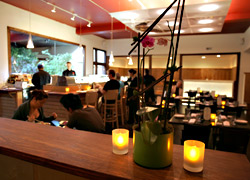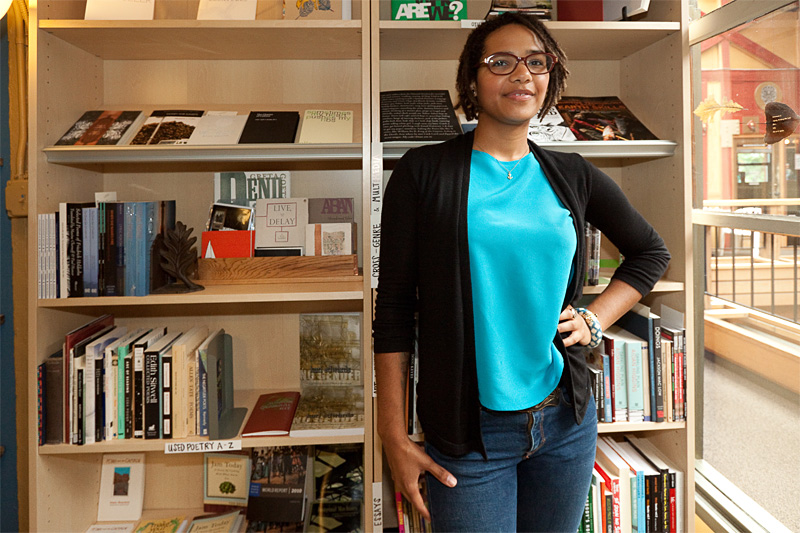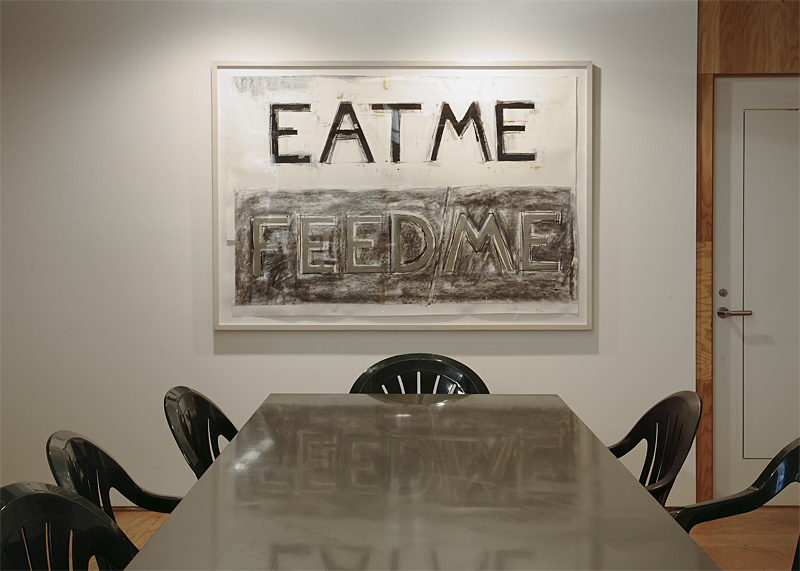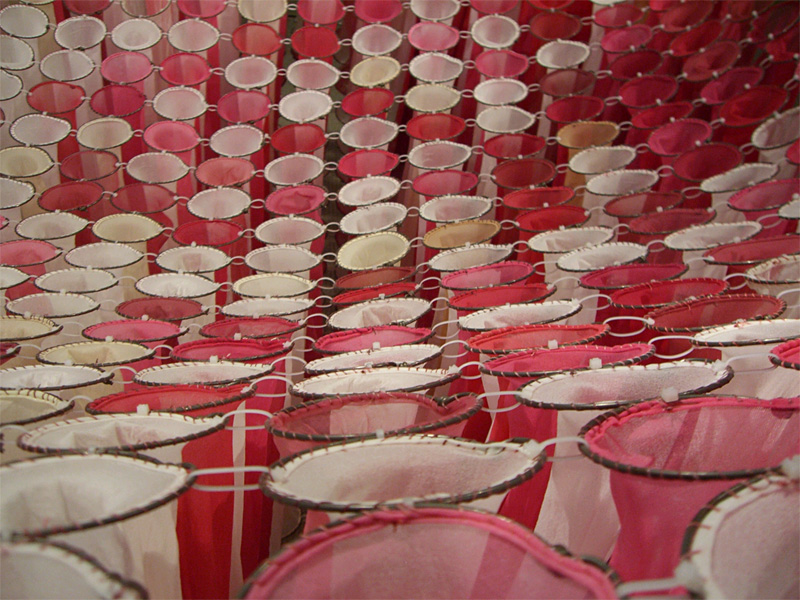Just a few doors south of Flying Fish, Umi Sake House is located smack dab in the middle of Belltown, which seems to suit this new Japanese restaurant perfectly. With clean lines, an open feel, and a mostly young, hip, and predominantly Japanese clientele, the place is crowded, even on a Tuesday night at 11. Located in the spot previously occupied by the Bada Lounge (and under the same ownership), Umi exudes more of a fine-dining seriousness than its predecessor—yet with its late-night menu, the mood of this sophisticated sushi joint is still decidedly clubby.
Umi, which opened its doors June 1, offers both traditional and innovative sushi rolls, along with appetizers and entrées, from udon soup to duck to teriyaki. True to its name, the sake house provides more than 45 varieties of rice wine, as well as specialty cocktails. Best of all, the kitchen stays open until 1 a.m., with hard-to-miss happy hours: daily 4–6 p.m. (till 8 p.m. in the front room) and late night Sunday–Thursday 11 p.m.–1 a.m.
From the sushi bar, you can observe not only the sushi chef but the whole restaurant, though there are several other great spots to sit, depending on your mood. Casual bench seating is located just inside the front door. Down the hall is a sort of living room complete with skylights, lush Japanese maples, patio seating, and red plastic chairs (“Romper Room chairs,” as my companion called them). There’s a second bar, not for sushi, but for drinks—and for checking out other drinkers, a clear vestige of Umi’s former incarnation. With liquor bottles set into red backlit cubes overhead, the bar area feels quite like a lounge. Fashionistas listen to the drum and bass of Krüder and Dorfmeister on the sound system while sipping fancy drinks like the shisojito (a rum and lime juice concoction muddled not with mint but with shiso, a leafy green Japanese herb similar to fennel in flavor; $10). Near the bar, a well-dressed party of 10 crowds into the exclusive tatami room, removing their shoes to sit at the low table.
On our first visit, we settled in at the sushi bar. An enormous octopus seemed to be pressing its tentacles against the refrigerator glass, right next to the deep red maguro (tuna). We’d arrived just in time to catch the early evening happy hour and enjoyed a few appetizers from that menu: perfectly tender fried calamari with a sweet and spicy sauce ($7, $4 happy hour) and a sashimi platter ($8 happy hour). We finished every last bite of calamari, but we found the accompanying green salad too richly dressed (in a creamy mayonnaise dressing) for the fried appetizer. We moved on to a sushi set ($6 happy hour), with choice pieces of fresh, tasty maguro, sake (salmon), ebi (shrimp), hamachi (yellowtail), unagi (eel), and albacore tuna. The fish was tender and sweet, and very fresh.
Executive chef Bill Beach hails from Wasabi Bistro, just around the corner on Second Avenue, and though the sushi rolls are not as over the top as those at Wasabi (no cute cress-sprout antennae here), they are fantastic. We enjoyed a California roll with just enough mayo to hold the snow crab together, cucumber, and ripe chunks of avocado, dusted with crunchy, orange flying fish roe ($6, $3.50 happy hour). We also indulged in a spider roll ($8, $4.50 happy hour) with tempura soft-shell crab legs poking out, as well as the unusual Bad Boy roll ($9, $4.50 happy hour): grilled unagi, snow crab, cream cheese, and teriyaki sauce wrapped in white rice and circled by a delicately fried skin of nori (seaweed). It was the perfect combination: crunchy outside, tender inside.
With a menu that spans from $5 a glass for the happy-hour special to $140 for a bottle named, romantically enough, “Silent Stream” (Tentaka Junmai Daiginjo), the range of options is quite broad. We sampled the Momokawa Silver Sake ($25 a bottle, $7 a glass, $5 a glass happy hour) and the Fukunishiki Junmai Sake ($80 a bottle, $8 a glass, $5 a glass happy hour). Both drinks were served cold, though many are available warm. The sake arrived, unusually enough, in wine glasses, allowing us to see and smell the sake like a fine wine. Both varieties were crisp and clean, though the Silver Sake was the sweeter, less dry of the two.
One of the more unusual items we tried was the monkfish liver ($9), a sort of delicate, fishy pâté. It was tasty, and not so strange as it might sound: intensely flavored, superrich, and just a bit musty (it is liver, after all), but possessing a clean aftertaste.
Umi is the Japanese term for ocean, and, appropriately enough, fish is the focus of the menu, though there are also some delectable land-loving options. The duck was very tender, served in a fantastic ginger-laced soy sauce. I only wish there had been something (perhaps steamed rice) to soak up the flavorful sauce. But who’s to complain? We enjoyed every last bit of the duck, and the portion was generous for $10. At these prices, I could spend some very happy hours at Umi.








